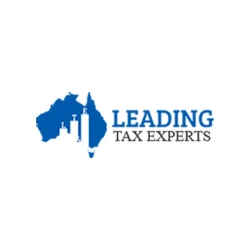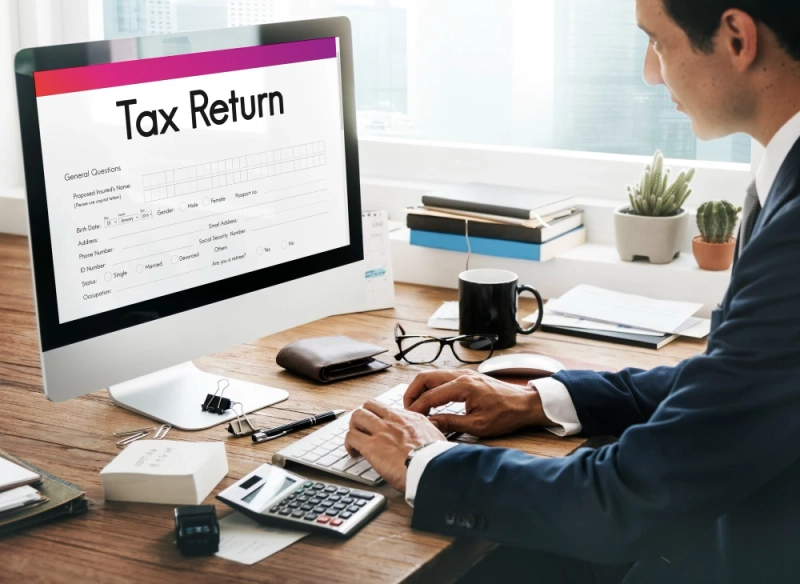As Australians look for greater control over their retirement funds, self-managed super funds (SMSFs) are still becoming more popular. However, responsibility comes with authority, and understanding SMSF tax regulations can be challenging. In 2025, it's crucial to comprehend the tax consequences, the 5% rule, the costs you may deduct, and your possible returns, regardless of whether you're considering starting your own SMSF or are a trustee in charge of managing one.
We cover the main elements of SMSF taxation in this guide, concentrating on three crucial areas:
The 5% in-house asset rule,
Tax-deductible expenses, and
What kind of returns you can expect from an SMSF.
What Is the 5% In-House Asset Rule?
The 5% rule refers to a restriction placed on SMSFs when investing in “in-house assets.” An in-house asset is broadly defined as:
- A loan to a related party,
- An investment in a related party, or
- A lease of a fund asset to a related party.
The ATO regulations stipulate that a maximum of 5% of the fund's total assets may be invested in internal assets at any given moment. The goal is to shield your retirement money from excessive exposure to hazards related to your personal or professional life.
What Happens if You Exceed the 5% Limit?
If your fund surpasses this limit at the conclusion of a fiscal year:
You must create a written strategy within 12 months to lower the proportion of in-house assets to less than 5%.
Failing to comply might lead to your fund being non-compliant, subject to fines, and subject to higher tax rates (up to 45%).
Essential Advice: In order to prevent unintended violations, always keep an eye on your asset allocation, particularly following new contributions or investments.
What SMSF Expenses Are Tax Deductible?
Although there are many operational expenses associated with operating an SMSF, not all of them are tax deductible. Expenses incurred in earning or generating assessable income or in administering your SMSF are deductible under the ATO.
Here are common deductible SMSF expenses:
Deductible Expenses
- Accounting and audit fees
- Tax agent fees
- Investment adviser fees (if related to fund income generation)
- Actuarial costs
- SMSF annual supervisory levy
- Administrative costs (e.g. ASIC fees)
- Insurance premiums (life, TPD or income protection for fund members)
- Legal expenses (if related to fund compliance or income generation)
Non-Deductible Expenses
- Setup costs of the SMSF
- Initial financial advice not related to ongoing fund income
- Costs for personal estate planning
- Penalties and fines
Pro Tip: Always keep clear records of expenses, invoices, and the purpose of each cost—this will be crucial in case of an ATO audit.
Is Super Always Taxed at 15%?
One of the key advantages of an SMSF (and super in general) is the concessional tax rate. But it’s not a flat rule across the board.
Super Fund Tax Overview:
| **Tax Type** | **Rate** | **Notes** |
|-----------------------------|----------|---------------------------------------------------------------------------|
| Contributions Tax | 15% | On concessional contributions (e.g., employer contributions, salary sacrifice) |
| Investment Income Tax | 15% | On earnings from fund investments |
| Capital Gains Tax | 15% | Discounted to 10% if asset held for more than 12 months |
| Pension Phase | 0% | Income and capital gains may be tax-free in retirement phase |
| Non-Compliant Fund Tax | 45% | Applies if fund fails compliance rules (e.g., breaching the 5% rule) |
Important: While 15% is the base rate, SMSFs that maintain compliance and shift into retirement (pension) phase can benefit from tax-free earnings and withdrawals.
📊 What Is the Average Return on an SMSF?
SMSF returns vary depending on investment strategy, asset allocation, fees, and market performance. That said, the average return on SMSFs over recent years has ranged between 5–7% annually, according to data from the ATO and financial industry analysts.
Factors Affecting SMSF Returns:
- Diversification: Funds with a balanced spread across equities, property, bonds, and cash tend to perform more consistently.
- Fees: High admin or advice fees can eat into returns.
- Investment Knowledge: DIY investors may underperform compared to those using professional financial advice.
- Market Conditions: Economic shifts and inflation can impact returns positively or negatively.
Example: A well-managed SMSF with a diversified portfolio might achieve 6.5% per year after tax, whereas a poorly diversified or high-fee fund might only return 3%.
Final Tips for SMSF Trustees in 2025
- Keep Accurate Records – For tax deductions, compliance, and audit purposes.
- Stick to the 5% Rule – Regularly check your asset allocations.
- Engage a Specialist – Work with a tax accountant experienced in SMSFs.
- Claim All Entitled Deductions – Don't miss out on legitimate tax savings.
- Review Investment Performance Annually – Ensure your SMSF is on track.
Need Help Managing Your SMSF?
If you're unsure about your obligations or how to maximise your tax returns, it's smart to consult with a SMSF Tax Return accountant. LTE Tax can assist with:
- SMSF setup and compliance
- Tax return lodgement for SMSFs
- Investment and tax strategy
- Bookkeeping and audit preparation
Conclusion
To effectively run an SMSF in 2025, you need knowledge, discipline, and expert assistance. You can take full control of your retirement plan—while remaining tax-efficient and law-abiding—by knowing important regulations like the 5% in-house asset cap, identifying which expenditures are deductible, and understanding average returns.


